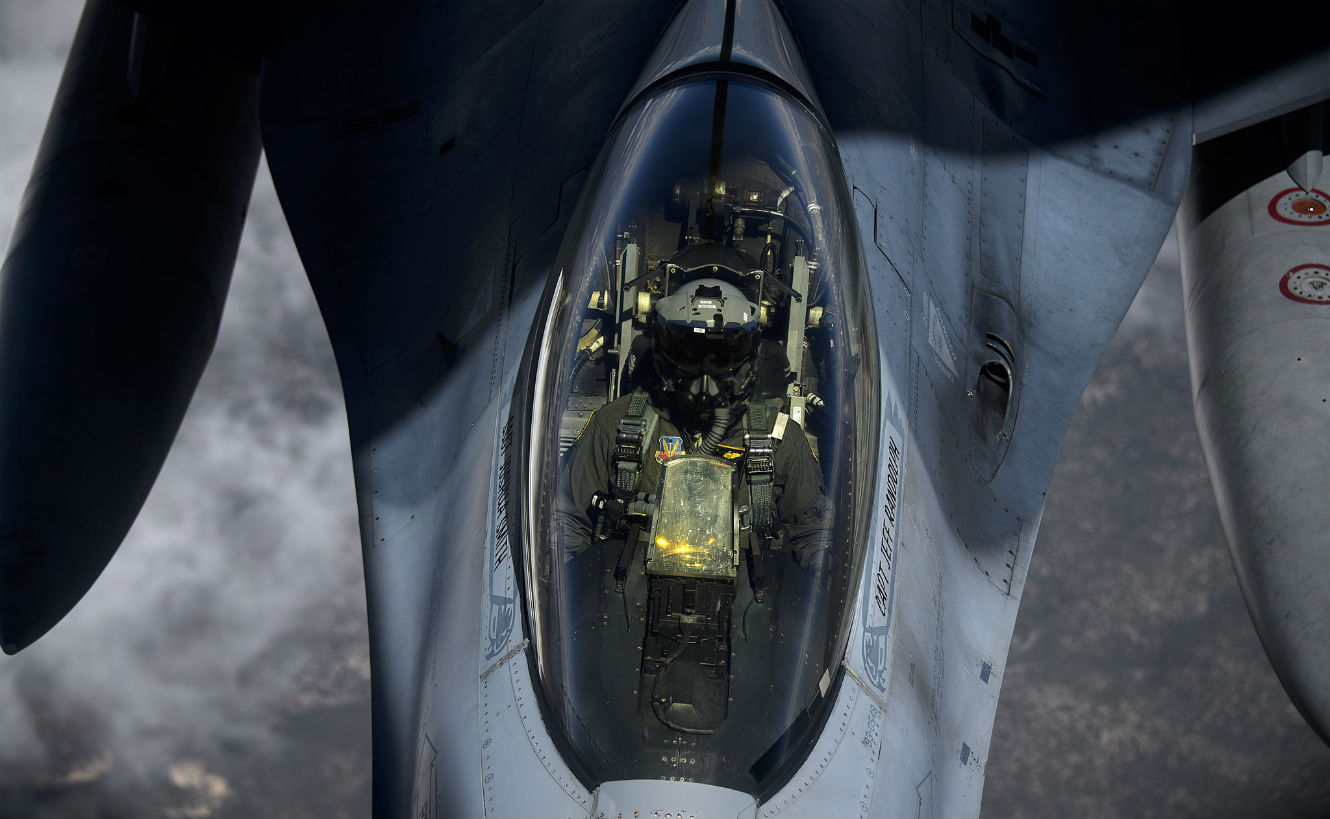By George Friedman
President-elect Donald Trump deeply upset the Europeans by raising the possibility that NATO is obsolete and that the European Union is failing. This is not the first time these issues have been raised. Many in the United States have raised questions about Europe’s commitment to NATO and to its relationship with the U.S. Many Europeans also have made the observation that the EU is failing. What Trump has done is simply bring into the open the question of Europe’s relationship with the U.S.
This question has been on the table for 25 years, since the Soviet Union collapsed. NATO was an alliance with a single purpose: to protect Western Europe from a Soviet invasion. That was a clear and understandable goal in the interest of all concerned. The military structure that was created was directed toward that end. And it reflected the relative economic and military strength of each party at the time of NATO’s founding. The Europeans bore the geographical risk. Any war would be fought on their territory, and their forces would face the first wave of an attack. In the long term, American reinforcements, air power and, in an extreme case, nuclear weapons would protect Europe. The foundation of the relationship was that Europe, with the best will, could not afford to build a sufficient defensive force. The U.S. was the indispensable force that could deter and defeat a Soviet attack.
In this photo illustration, a copy of the Jan. 16 issue of German tabloid Bild Zeitung that features an exclusive interview with U.S. President-elect Donald Trump lies on a table in a train in Berlin, Germany. In the interview, Trump branded German Chancellor Angela Merkel's liberal refugee policy a mistake, the NATO military alliance obsolete and threatened German carmakers with 35 percent import tariffs. Sean Gallup/Getty Images











